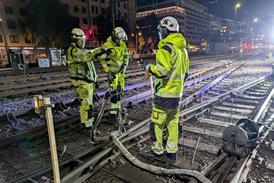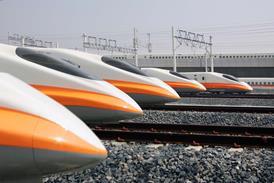New York MTA proposes ‘largest ever’ capital plan
By Metro Report International2019-09-17T13:22:00

USA: New York Metropolitan Transportation Authority announced its 2020-24 Capital Plan on September 16. The proposed $51·5bn investment is 70% more than the current five-year plan, making it the largest capital plan in MTA history, according to the authority.
Already have an account? LOG IN
To continue…
You’ve reached your limit of content for the month
Get enhanced access to Railway Gazette news and weekly newsletters.

For almost 200 years, the Railway Gazette Group has been the leading provider of news, analysis and intelligence for the international railway industry. Our independent and authoritative content is read by operators, regulators and the supply industry in over 140 countries using a variety of tailored subscription packages.
Site powered by Webvision Cloud



